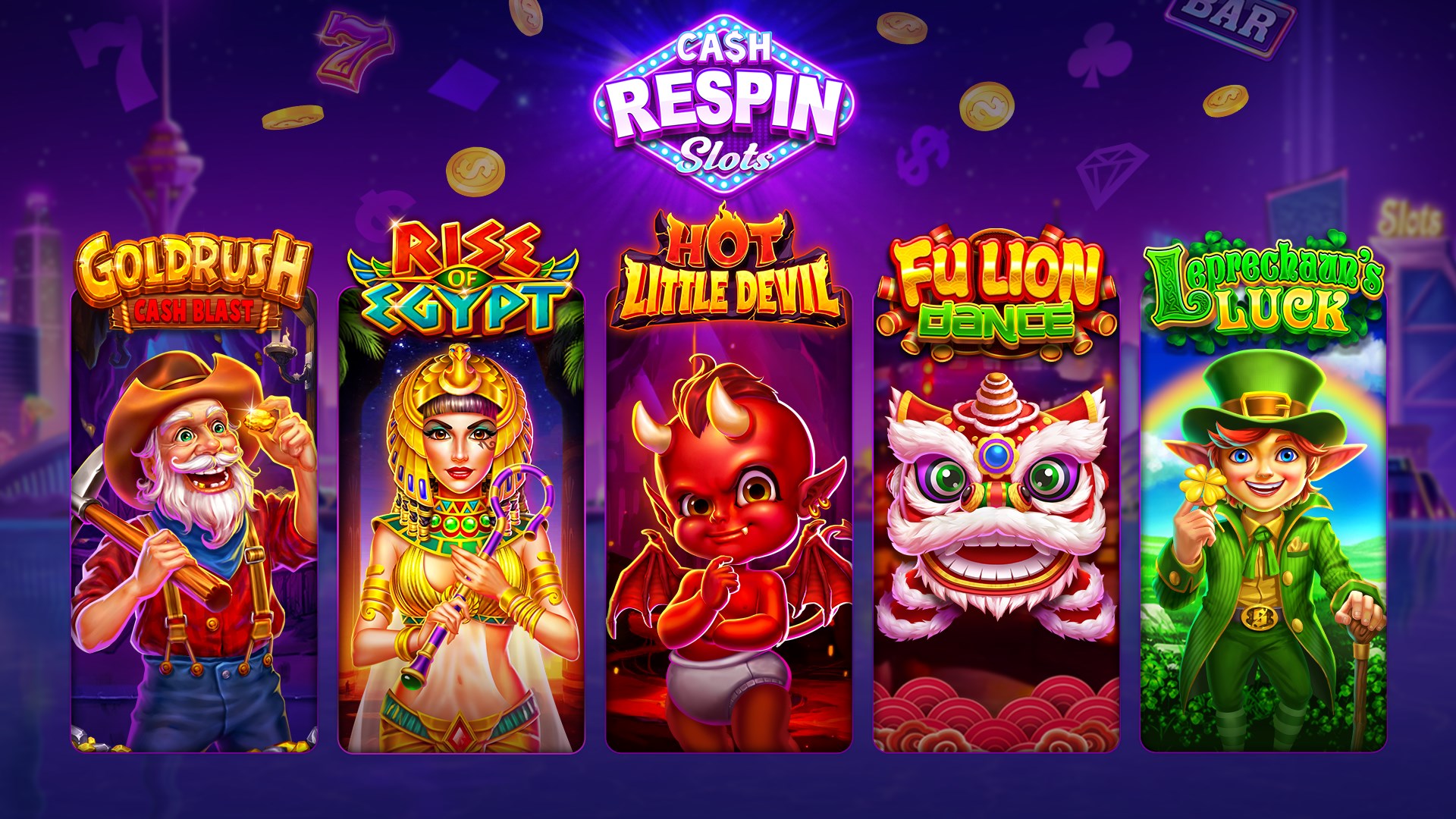Slot games have captivated players for decades, drawing them into a whirlwind of spinning reels, colorful graphics, and the allure of big wins. But what exactly keeps players hitting that spin button time and again? The psychology behind slot games is a complex interplay of various factors that create an addictive and engaging experience lemacau.
The Element of Anticipation
One of the primary drivers behind the appeal of slot games is anticipation. The spinning reels, flashing lights, and suspenseful sound effects build an atmosphere of excitement. The unpredictability of the outcome generates a rush, triggering the brain’s reward system. Each spin represents a chance for a big win, heightening the sense of anticipation and keeping players on the edge of their seats.
Reward System Activation
Slot games are designed to trigger the brain’s reward pathways through intermittent reinforcement. Even small wins activate the brain’s pleasure centers, releasing dopamine, the “feel-good” neurotransmitter. This reinforces the behavior, encouraging players to continue playing in pursuit of more wins, creating a cycle of anticipation, play, and reward.
Visual and Auditory Stimulation
The vibrant graphics, animations, and themed soundtracks in slot games play a pivotal role in player engagement. Visual and auditory stimuli are carefully crafted to evoke emotions and immerse players in the gaming experience. The use of bright colors, engaging themes, and catchy sound effects creates a sensory feast that entices players to keep spinning those reels.
The Illusion of Control
Slot games often give players the illusion of control, despite being based purely on chance. Features like “autoplay” or bonus rounds where players make choices can lead them to believe they have an impact on the outcome. This perceived control fosters a sense of involvement and investment in the game, keeping players engaged for longer durations.
Social and Competitive Aspects
Modern slot games incorporate social elements, such as leaderboards, multiplayer options, or sharing achievements on social media platforms. This taps into the human desire for social interaction and competition, encouraging players to compete with friends or other players, thereby extending their engagement beyond individual gameplay.
Personalization and Gamification
Customization and gamification elements, like leveling up, unlocking achievements, or collecting rewards, add layers of depth to the gaming experience. These features cater to different player preferences, providing a sense of progression and accomplishment, which can be highly motivating.
Responsible Gaming Measures
Amid the excitement and allure of slot games, it’s crucial to highlight the importance of responsible gaming practices. Game developers and casinos implement measures such as setting deposit limits, offering self-exclusion options, and providing information on healthy gaming habits to ensure players maintain control over their gaming behavior.
In conclusion, the psychology behind slot games is a multifaceted blend of anticipation, rewards, sensory stimulation, perceived control, social aspects, and gamification. Understanding these factors helps both players and developers navigate the intricacies of slot game design, fostering an enjoyable and responsible gaming environment.
As players continue to seek entertainment and excitement, game developers will likely keep innovating, using psychological insights to create engaging and immersive experiences while prioritizing player well-being.
So, the next time you spin the reels of a slot game, consider the intricate interplay of psychology behind the experience!
